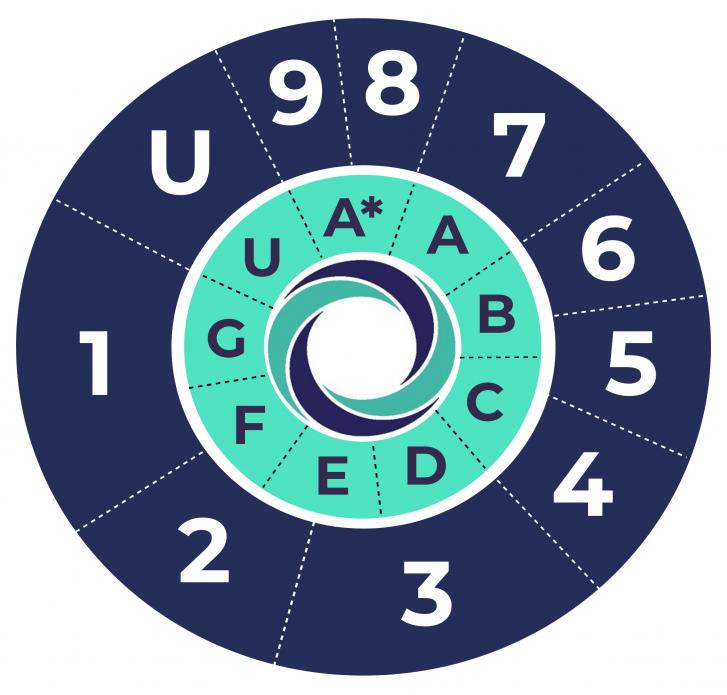
This year’s GCSE results day falls on Thursday 23 August – exactly a week after AS and A-level students receive their grades.
The results which 15 and 16-year olds – completing their GCSEs – will receive will see a further rollout of the numerical grading format introduced for last year’s cohort, expanding to further subjects that up until now had used the traditional A to G system.
Last year, we ran a survey of several hundred businesses in Oxfordshire – in it, we discovered that up to 40% did not understand exactly how the new system would work and this is still likely to be the case for many businesses up and down the country.
The new system was rolled out ahead of results day 2017 for the following subjects: Maths, English Literature and English Language. This meant that students received a combination of both numbers and letters within their GCSE result papers.
Now – the numerical grading system is being phased in for this year’s cohort, across subjects including; history, geography and all three of the sciences.
The aim of this change in system is to create a ‘truer distinction’ between higher GCSE grades, in order to recognise those achieving at an exceptional level.
It is key that businesses ensure that their wider teams are aware of these changes and how these align with the old system (e.g. a high A* is equivalent to a grade 9, a low A* to an 8, a low C to a 4, and what would have been a low G is now equivalent to a grade 1). Whereas in the past students would have needed a grade C to pass, they will now need at least a grade 4 for a standard pass, and a grade 5 for a ‘strong pass’.
Whilst it is key that businesses understand this for purely educational purposes, it is also essential that they have a full understanding of the reforms in order to ensure that their recruitment documents and procedures are up-to-date. This is particularly the case for organisations that will be looking to recruit apprentices for September, as they will need to understand that applicants will now have numerical grades not alphabetical and how these equate.
As many organisations begin recruiting apprentices and employees, young people are now likely to have a combination of grades, depending on when they left school. This means that it is the role of the businesses themselves to ensure their wider teams have awareness of how the grades align, to enable successful recruitment of the right candidates.
For more information and support, contact us
Above image: An overview as to how grades compare across the old and new GCSE grading systems.




